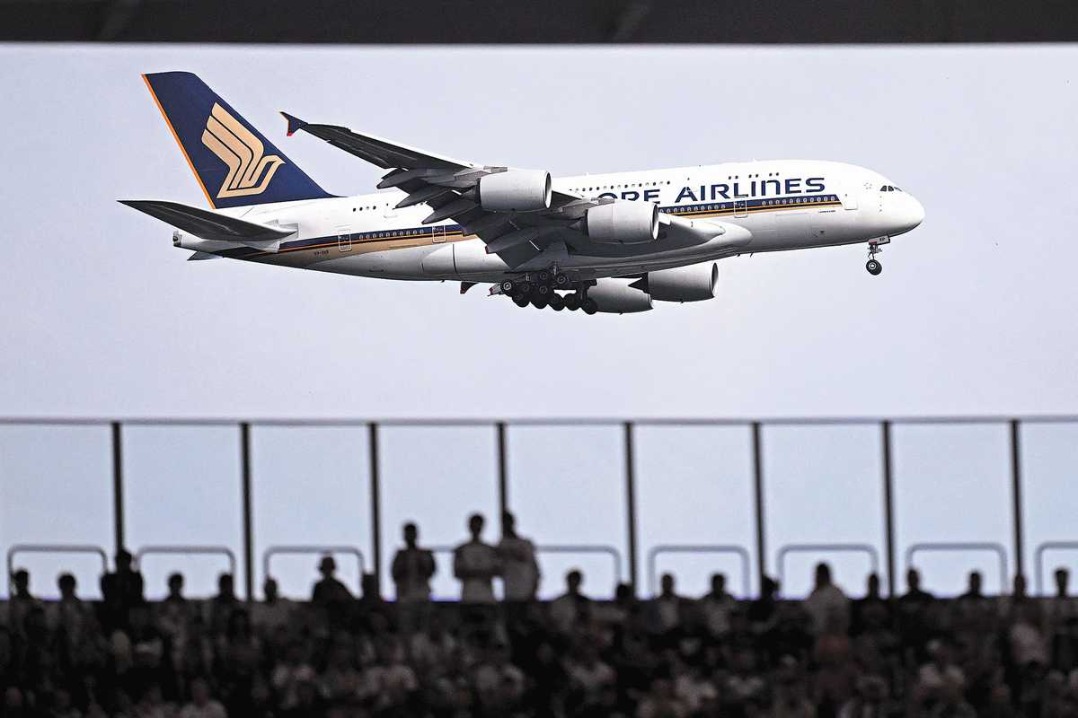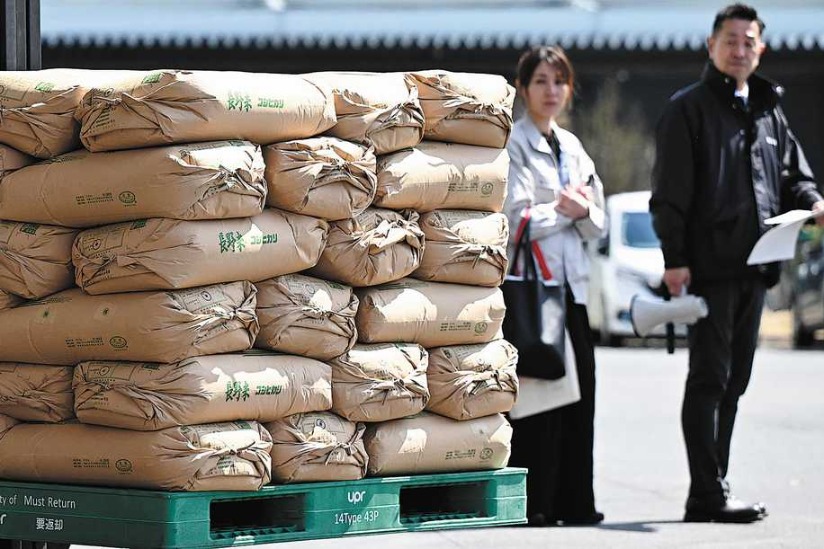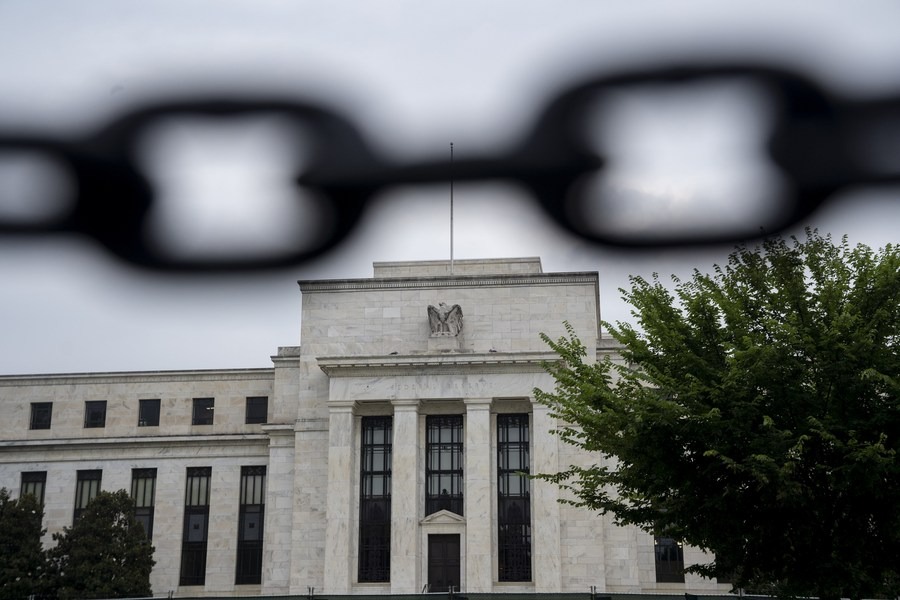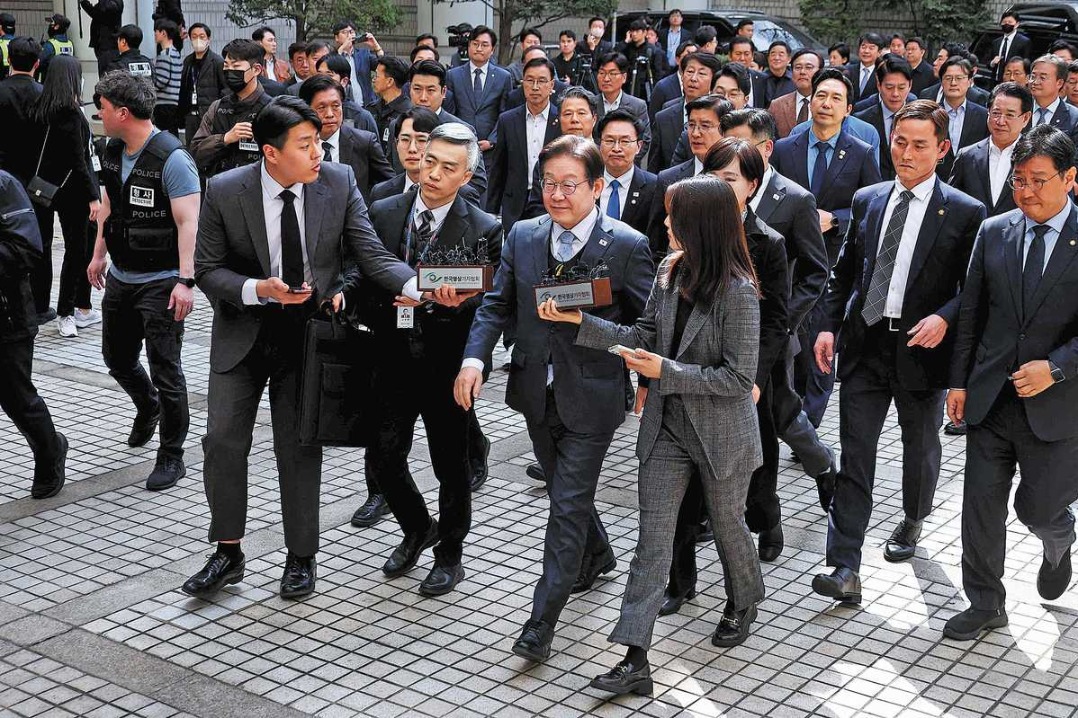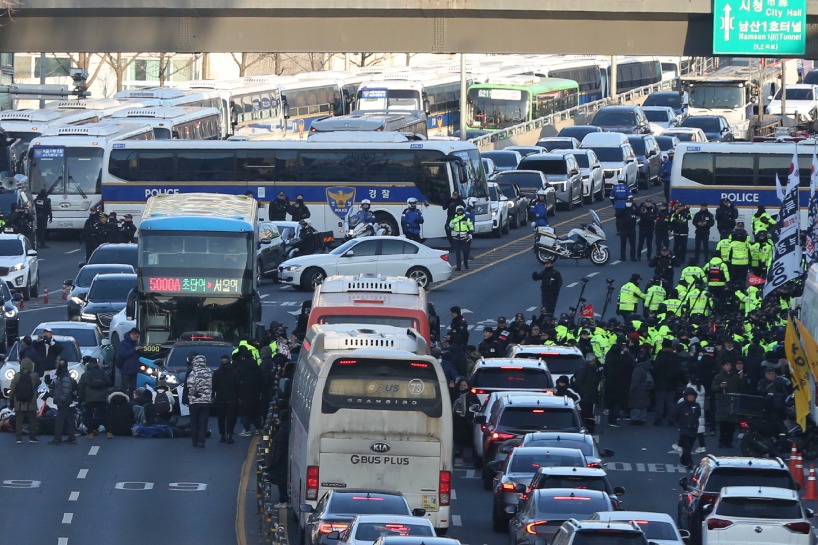Aviation safety takes flight
Singapore will bar passengers from using or charging power banks inside aircraft

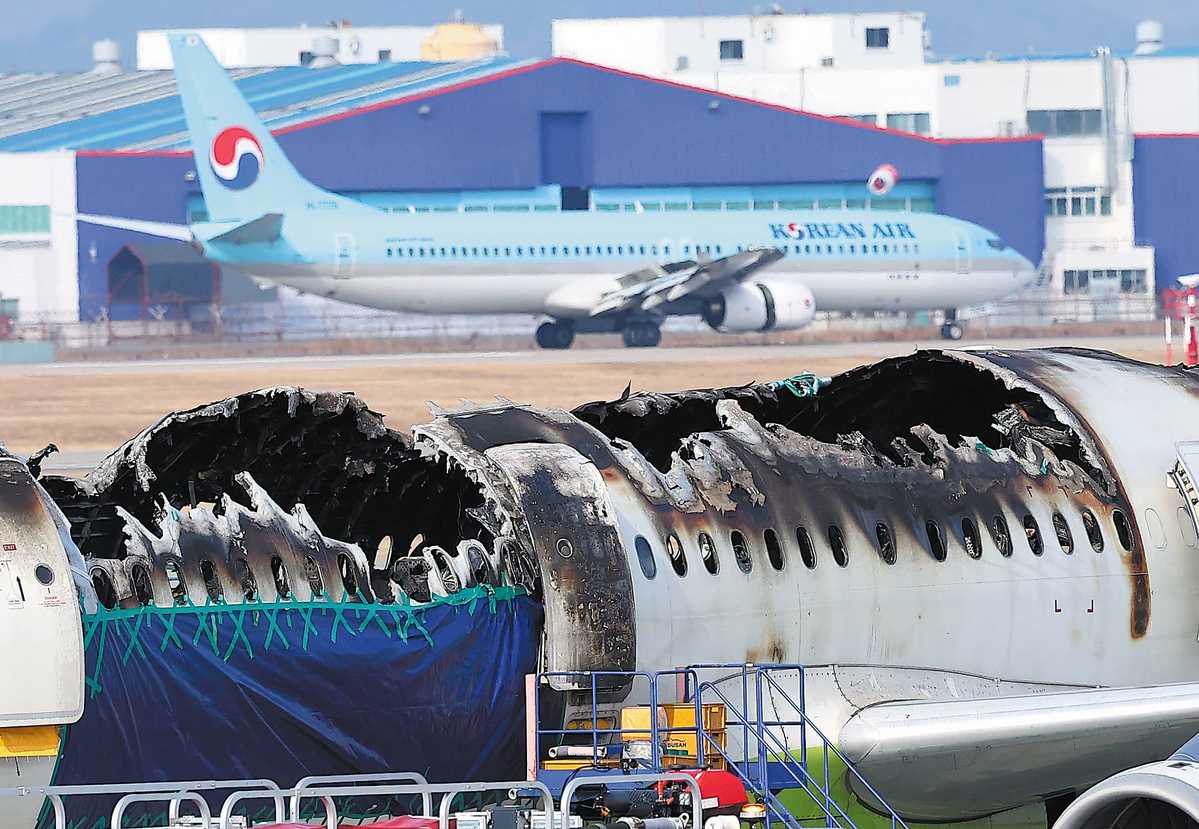
Pros and cons
Singaporean freelance creator Dylan Wong supports the ban.
The 31-year-old says: "For me, getting from one destination to another safely is more important than having a fully charged device."
SIT's Tan says while the ban improves safety, it is likely to cause inconvenience for many travelers, especially frequent flyers and business travelers who depend on power banks to stay connected in-flight.
While SIA provides USB ports and power sockets, economy travelers on Scoot must pay between $5 and $11 for in-seat power supply, depending on the flight duration.
An SIA spokesperson said Scoot is committed to ensuring that prices remain affordable.
Engineer Darren Lee, 31, often travels on Scoot and worries about long flights without power.
"When I reach my destination, I don't want to have to worry about my phone dying as I navigate the airport, book transport or check in to my hotel," says Lee, who adds that he is unlikely to pay for in-seat power.
He believes that some passengers may secretly continue to use their power banks, which could be riskier due to heat building up in enclosed bags.
For clearer guidelines on power bank use, Sim suggests that in-depth research be done to identify the make and model of power banks involved in cabin fire incidents.
"Not all power banks are manufactured to the same standards. Right now, we don't really have any control over what type and what quality of power banks passengers bring on board," he says.
Despite the mixed feedback from travelers, Tan says the ban signals a broader shift in aviation safety.
"As new technologies such as personal devices and advanced systems become more prevalent, the industry is increasingly focused on managing risks. This proactive approach shows that airlines are addressing potential safety issues before they become widespread problems," he says.
The Straits Times, Singapore

















